A Brief History of Music – From Origins to the Present Day
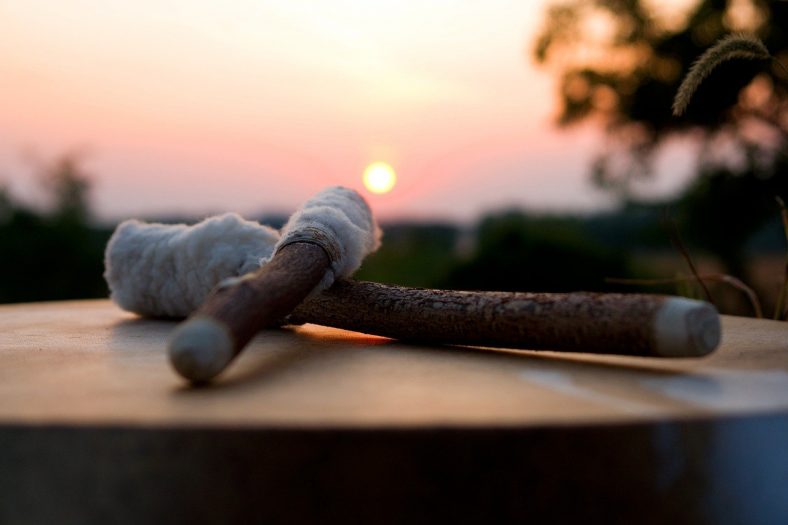
Music has always been an important cultural and social factor throughout human history. It helped people form tribal bonds and often served religious and spiritual needs. Music has stood the test of time from the prehistoric age till this day.
How did music develop throughout the centuries and around the globe? What do different cultures and generations have in common, in terms of music? What can we learn from all the different musical genres, styles, and approaches the human brain has developed throughout the years?
In this article, we will shortly go through the history of music, trying to find an answer to these challenging questions. Let’s dive in!
Contents
Key Takeaways
- Origin of music. The human voice is the first instrument and form of music as prehistoric men and women imitated the sounds of nature. The first physical instrument dates back to more than 35,000 years ago (the Neanderthal flute).
- Origin of Musical Notation. The earliest form of musical notation dates back to Babylonia (1400 BCE). The Ancient Greeks had their own system from at least the 6th century BCE. Fast forward to Guido d’Arezzo who invented the modern musical notation system around the year 1000.
- European and Asian Ancient Music. The first-ever written piece of music dates back to 3400 years ago which was a cuneiform “alphabet”. By studying ancient cultures, researchers found drawings of musical instruments (the lyre and the flute). The Hebrews also had their musical forms for religious purposes.
- The Middle Ages. During this time came music in the form of chants, or the famous Gregorian Chant by Pope Gregory the Great around 540-604 AD. Instruments used during this period were flutes, harps, lutes, drums, and dulcimers.
- Renaissance to Modern Electronic Music. Composers from the Renaissance and Classical periods such as Bach and Vivaldi paved the way for Opera and Romantic composers like Mozart and Beethoven, all creating works of art. Down the line, Jazz and Blues came into the fold which took music to more modern heights, as the coming of Rock, Pop, and Electronic music became, officially, modern music.
The Origin of Music
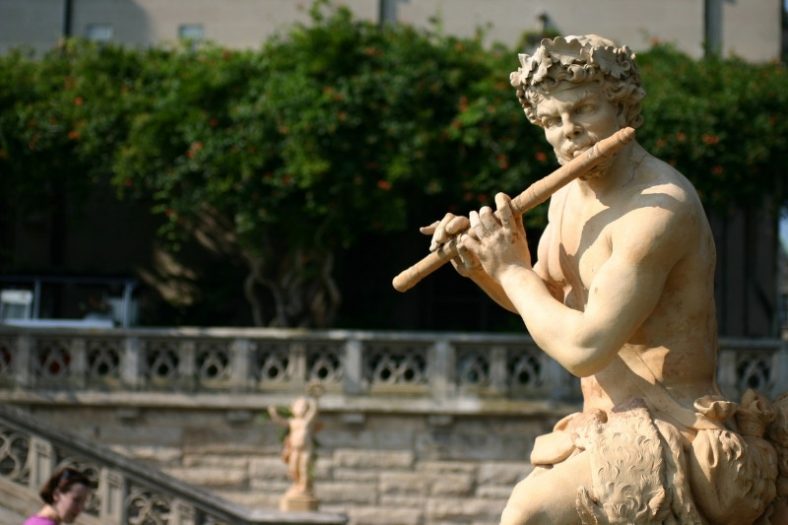
By looking at the behavior of some existing tribal populations, we can conclude that even in the simplest forms of society music plays a prominent role. This was probably true for our ancestors too.
Prehistoric men and women probably started making music as a way to imitate the sounds of nature, either for religious or recreational reasons. The first musical instrument ever employed is likely to be the human voice, although archaeologists also found several rudimentary instruments, such as flutes, dating back to more than 35,000 years ago.
A few researchers stated that some archaeological finds actually date back to the Neanderthal period, proving that humankind discovered music way before we used to believe.
The Origin of Musical Notation
The origin of musical notation dates back to around 1400 BCE as the earliest form ever recorded was in a cuneiform tablet from Babylonia. Even then, the music was written in a diatonic scale and underwent some sort of development in the upcoming 150 years.
The Ancient Greeks also had a form of musical notation that dates back to at least the 6th century BCE. Their form of notation included letters and symbols, with only a few music compositions ever found.
Afterward came the Byzantine round notation which also used letters. In some form or another, each culture used either letters, numbers, or even two-dimensional graphs to depict music.
Fast forward, we have modern musical notation, considered to be Guido d’Arezzo’s work, who lived somewhere from the year 991/2 to 1050.
European and Asian Ancient Music
With the development of a writing system, it became possible to compose music as we do today.
The first-ever written piece of music, presented in a cuneiform “alphabet”, was found in Syria and it probably dates back to 3400 years ago.
Researchers were able to find out more about ancient music by studying the drawings on walls, vases, and other objects, deducing that in Ancient Greece, for example, instruments similar to modern bagpipes already existed. With this method, they also discovered the existence of string instruments (such as the lyre) and flutes (the aulos). Some writings of that time also suggested the existence of polyphony.
To deepen their knowledge of music in ancient Asia, in India, in particular, researchers consulted the sacred Hindu books, the Vedas, which contain precious information about Indian classical music.
Ancient music also blossomed in the Middle East, in the Persian empire in particular, and in Egypt. Hebrews also developed specific musical forms early on, mostly for religious reasons.
The Middle Ages
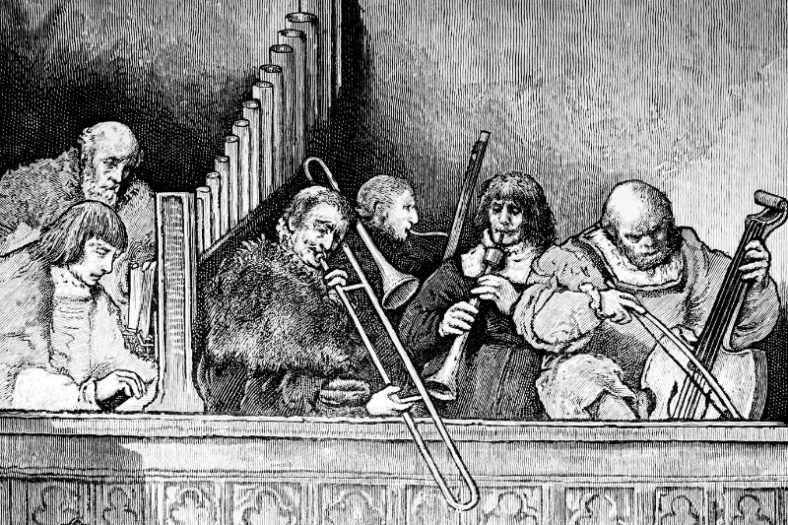
There is a rich corpus of research about medieval and Renaissance music.
The interest in this topic is still so vivid that lots of contemporary ensembles and choirs devote their existence to a repertoire of this kind. During the Middle Ages, approximately 540-604 AD, the Gregorian Chant came into play, invented by Pope Gregory the Great.
Medieval music is actually quite trendy on YouTube and streaming platforms too, where it is not unusual to find covers of popular modern songs in this historical style!
During the Middle Ages, polyphony blossomed, together with a new notation system that set the foundation for the one we still use today. At that time, music was mostly devotional, although there was also a secular current mostly dealing with tales of love and cavalry. The most popular instruments in medieval music were flutes, harps, lutes, drums, and dulcimers.
From the Renaissance to Classical Music
During the Renaissance period, composers laid the foundation for what Baroque music would later become. The development of counterpoint and the use of chromatism, in particular, would later inspire Baroque artists such as Bach and Vivaldi.
During the Baroque period, in particular, composers started creating music for richer ensembles, that would later develop into full orchestras. Some forms still in use today, such as the sonata, the fugue, and concertos were invented during these times.
Key Composers
- Josquin des Prez
- Johann Sebastian Bach
- Antonio Vivaldi
- Georg Friedrich Handel
Opera and Romantic Music
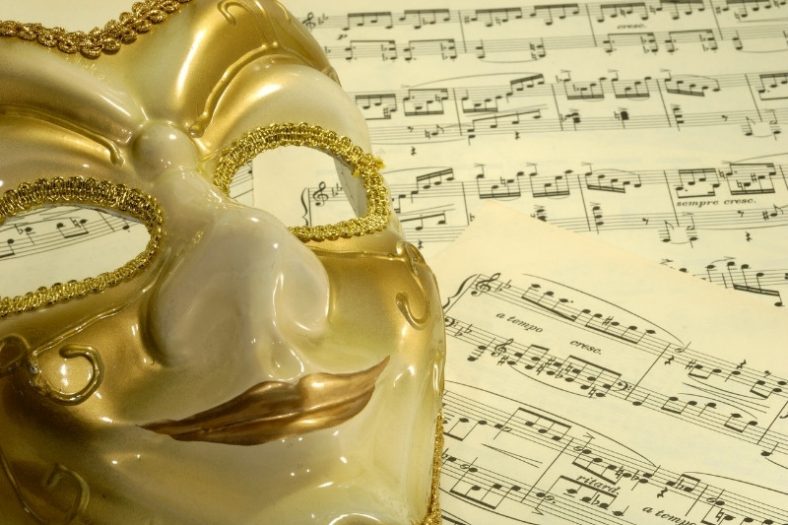
From the XVIII to the early XX century, many different composers, from Mozart to Beethoven, from Haydn to Schubert, experimented with different forms, melodic ideas, innovative harmonic solutions, and instruments.
This Classical era involved the development of a brand new singing form that mixed music and theater, still known today as Opera. Symphonies also became very popular. The invention of Chamber music came into the fold, with pieces written for small ensembles like string quartets, piano trios, or wind quintets.
In this wide time span, various currents and sub-genres flourished. One of the most known and loved current today is Romantic period music, brought on by Chopin, Schumann, Brahms, and many others.
Key Composers
- Giuseppe Verdi
- Wolfgang Amadeus Mozart
- Ludwig van Beethoven
- Franz Schubert
- Frédéric Chopin
- Johannes Brahms
Jazz and Blues
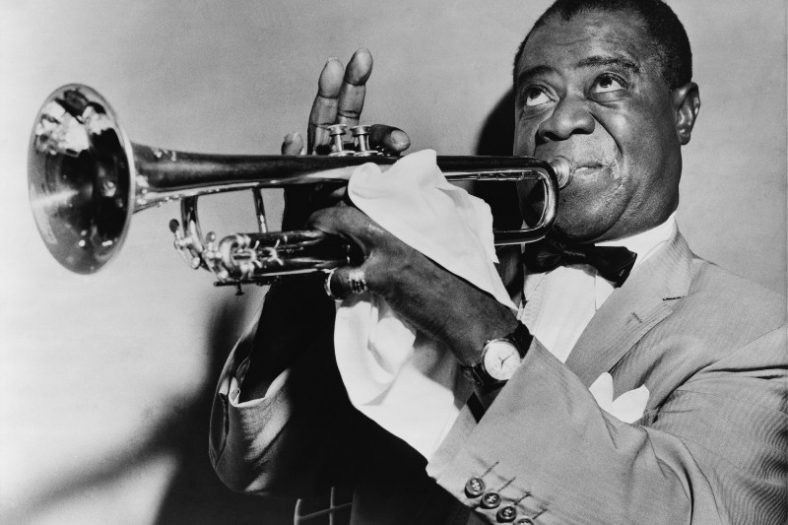
Outside Europe, in the Afro-American communities, a brand new approach to music, inspired partly by the African traditions and partly by the Christian religion, took over and shook the norms.
Jazz and blues set an important foundation for all the other contemporary genres, just as European classical music had done before.
Based on improvisation and a clear call-and-response structure, jazz songs soon took over the mainstream and remained solid protagonists up until the Sixties, through a lot of different currents and sub-genres, such as bebop.
Key Musicians
- Duke Ellington
- Billie Holiday
- Louis Armstrong
- Bessie Smith
- Charley Patton
Rock and Pop Music
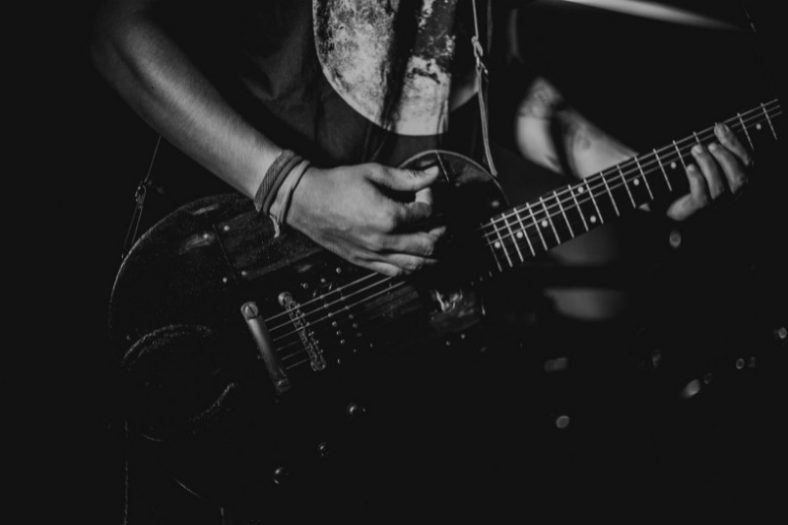
Throughout the Fifties, a revolution happened: rock’n’roll appeared and blasted the music scene. Originating directly from the blues form, rock’n’roll became a great trend and influenced many different aspects of culture and society. It also became a strong foundation for countless other genres and sub-genres, extending to the realm of pop music.
Groups like The Beatles, for example, worked as a bridge between these two worlds, that often overlapped in their songs. Other bands like The Rolling Stones, instead, made their classic bluesy rough sound a trend.
Key Musicians/Bands
- Elvis Presley
- Little Richard
- Chuck Berry
- The Beatles
- The Rolling Stones
Electronic Music
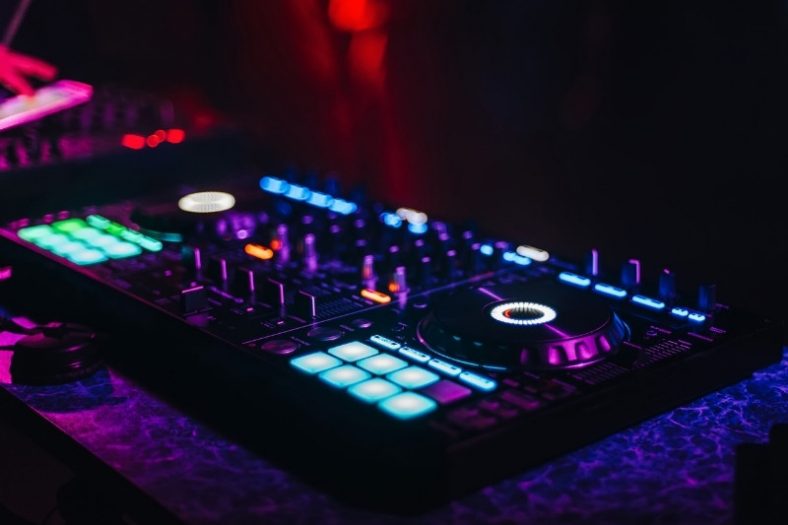
The development of new technologies and computers allowed artists to approach music in a whole different manner. They no longer had to play an instrument to compose a tune, they could just use a piece of software or an electronic device to deliver.
In today’s mainstream music, electronic tools and resources are very present, although the song structures, from a musical point of view, still maintain the standards of the classic rock and pop music we have heard since the Fifties.
The only downside to this is that it takes away from the creativity that artists have and put into their music by using instruments. The process of creating the whole song using instruments should be more appreciated, however, in this day and age, that is not the case for most people.
Conclusion
This short summary of the history and evolution of music leaves many questions still unanswered. After all, we would need to write a series of books on the topics to be as complete as possible! What we can underline, however, is how music is a recurrent aspect of our lives and societies.
It keeps changing, but it evolves always maintaining points of contact with its past. Just like a city first built in ancient times and then constantly developed throughout the years, music is never the same as it was when it began, but it still shows its solid foundations.





